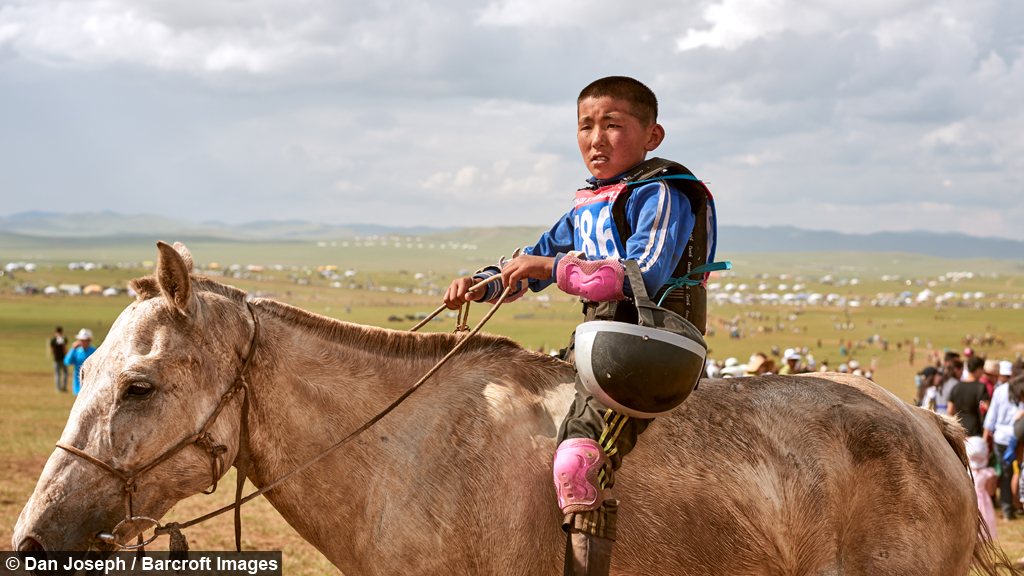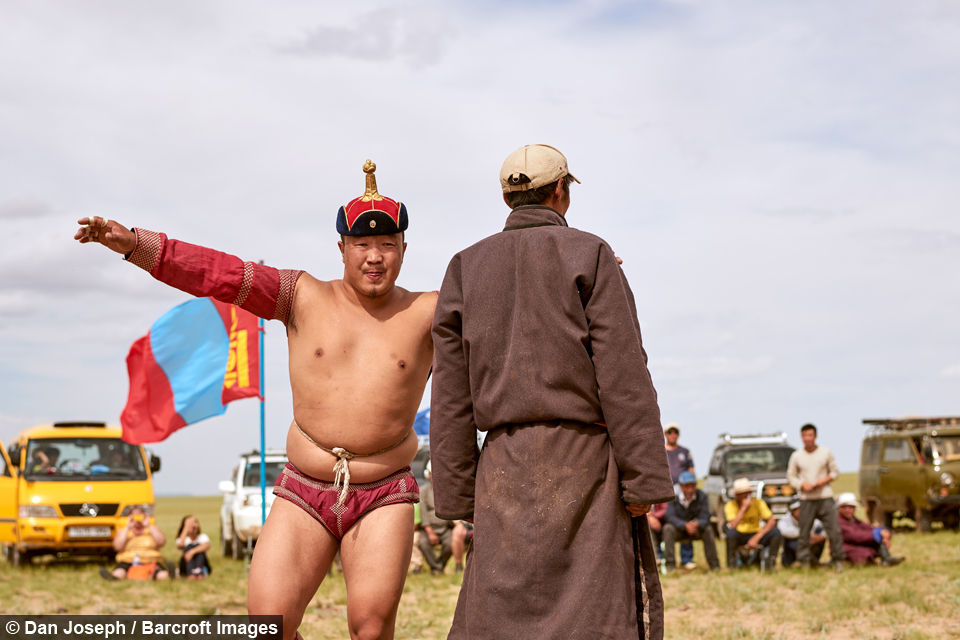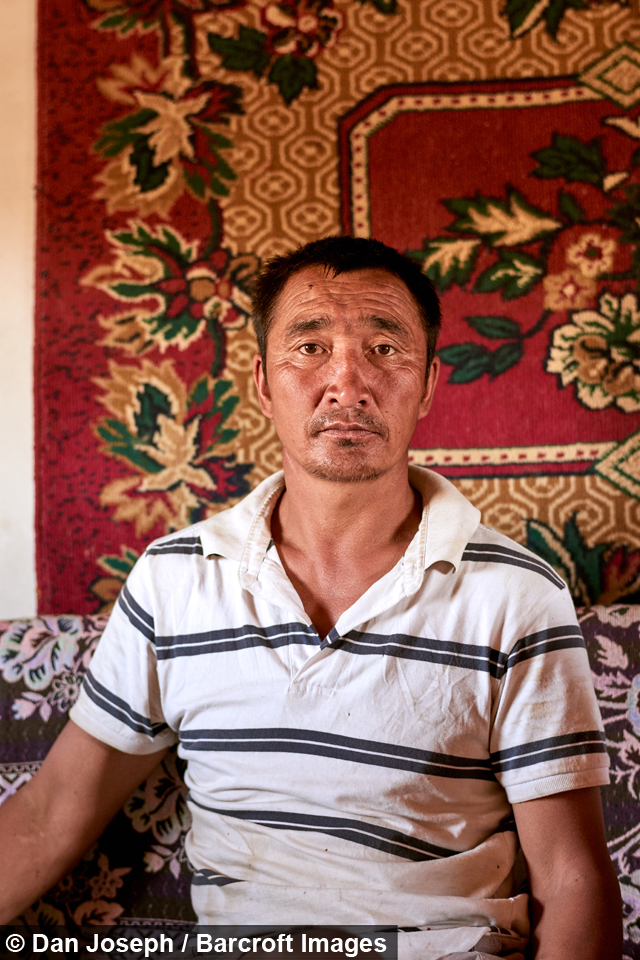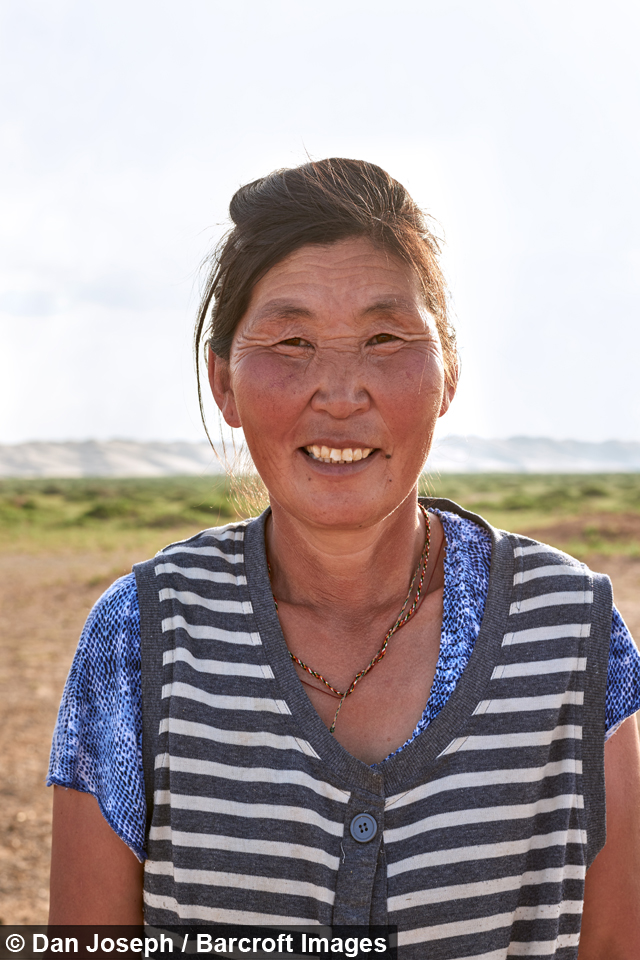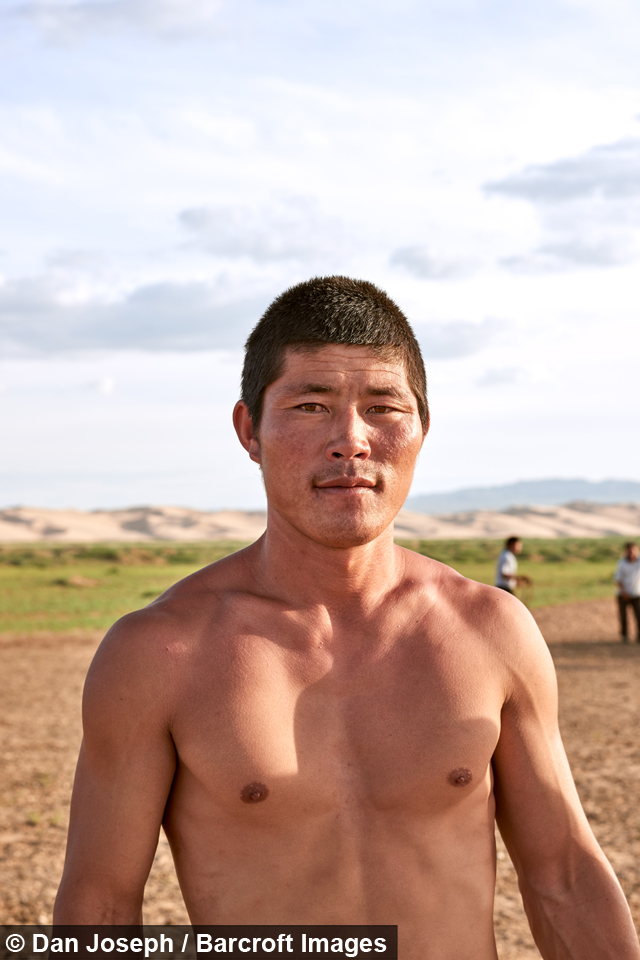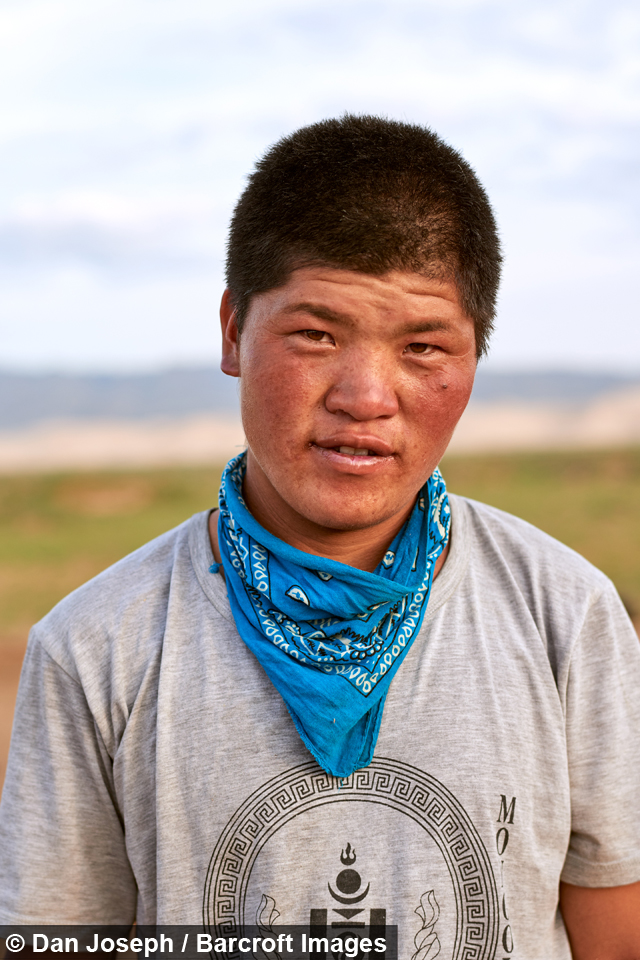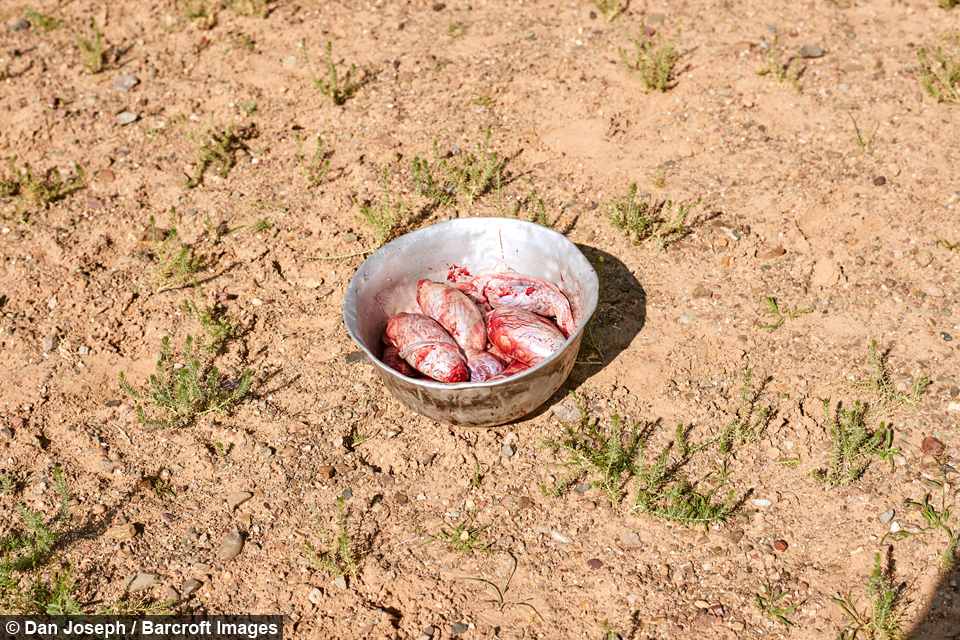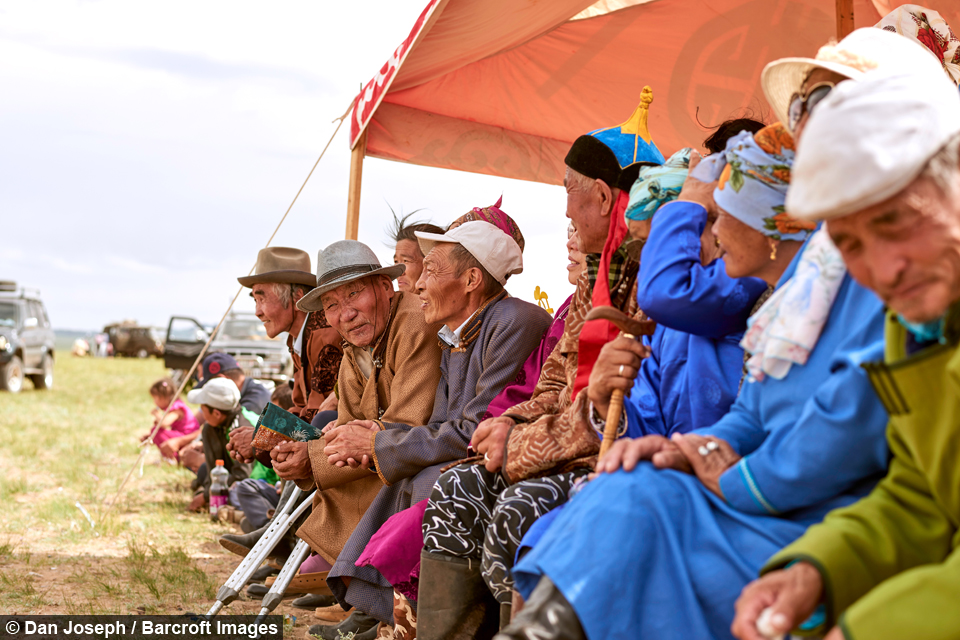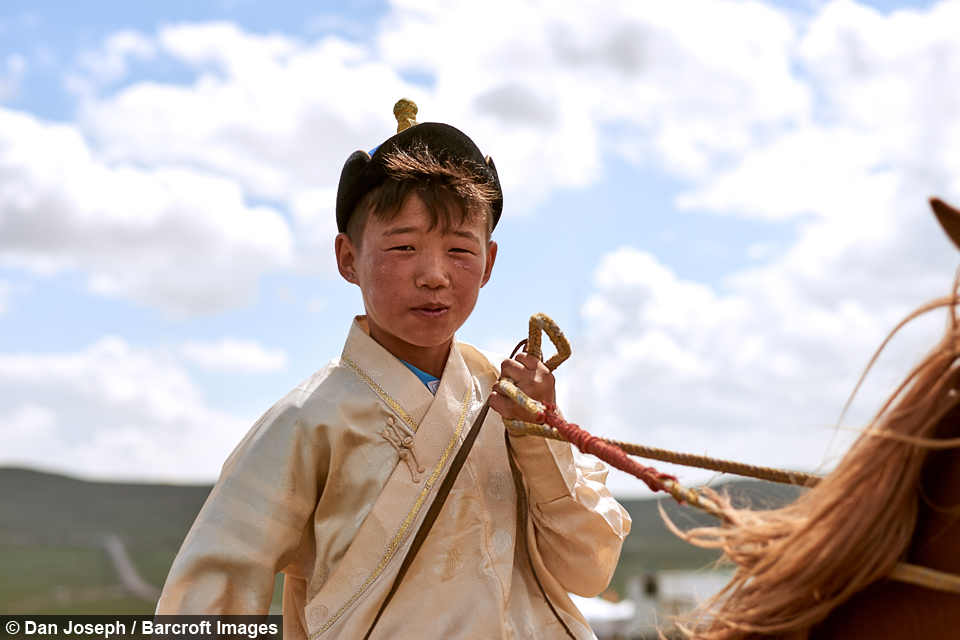Desert Dwellers: Explore life amongst Mongolia's singing dunes
By Hannah Stevens @Hannahshewans
Scroll down for the full story
London-based photographer Dan Joseph decided to capture Mongolians living in the desert after seeing other photographer’s work focusing on the Mongolians nomads living in the grasslands.
Using a contact at the Zoological Society of London as a guide, Joseph flew to Dalanzadgad before driving into the desert for a day and a half before he met the first family, camel and cattle herders who live at the base of the Khongor sand dunes.
Luckily accommodation was easy to come by, as the Mongolian people uphold a strong tradition of hosting passersby in exchange for a gift or, in the case of foreigners, a small fee.
Joseph said: “Over the last few years, this area has had an increase in adventure tourism, which means there are daily flights in the summer to Dalanzadgad.
“Also, holiday camps are popping up a few hours drive from the sand dunes and have a sort of Butlins feel without the entertainment part.
“I found them bit depressing when visiting one to see if we could get some beer - I know very English man on holiday 'where is the nearest pub?’”
While the arid desert conditions proved challenging, the lack of a common language was Joseph’s biggest barrier as he had to rely heavily on hand gestures to communicate with the locals.
Fortunately for Dan the celebration of Naadam festival month - which formally celebrates the Mongolian Revolution of 1921 and its subsequent independence from Chinese occupation - needed no translator.
Naadam incorporates a host of events including traditional sporting and military culture and music.
The 33-year-old photographer said: “The best way to describe it is Christmas, a Summer fair and the highland games rolled into one!
“Each area within Mongolia will have there own Naadam festival which will held over a few days anytime in July. People will gather to drink, play games, watch a horse race, archery and wrestling.”
While exploring the region, Dan got to see a traditional horse race in Ulaanbaatar and a smaller local one in the midst of the Gobi Desert.
He added: “It was in the middle of nowhere. There seemed to be nothing around for hundreds of miles, just a big group of cars in a circle with two makeshift tents and that’s it.
“Here they set up a horse race with two cars in place as the finish line and in the middle of the circle of cars was where the wrestling took place. There seemed to be two referees - one to watch each wrestler.
“Before each match began, every wrestler would do a sort of dance around their referee. Mimicking an eagle with the arms outstretched and slowly flapping them as if they were wings.
“The only rules I could understand were to get the opponent on his back either by a grapple hold and throw or hooking with their legs to trip them up. Each match must have lasted around ten minutes.”
Although meeting the remote families of the Gobi Desert was the goal of Joseph’s trip, the highlight came in the form of the Gobi Desert’s spellbinding singing dunes.
He said: “The most memorable part was climbing to the top of a sand dune over 200 metres high and reaching the top in time to see the sunset.
“While I was up at the apex of the dune I could hear distant humming then I could feel the sand dune I was stood on start to vibrate and a humming sound coming from it.
“It was such a weird and slightly scary moment that lasted about a minute before it went silent and I watched the sunset.”
The mystical sound is triggered by wind passing over dunes or by those walking on the sand dunes.
